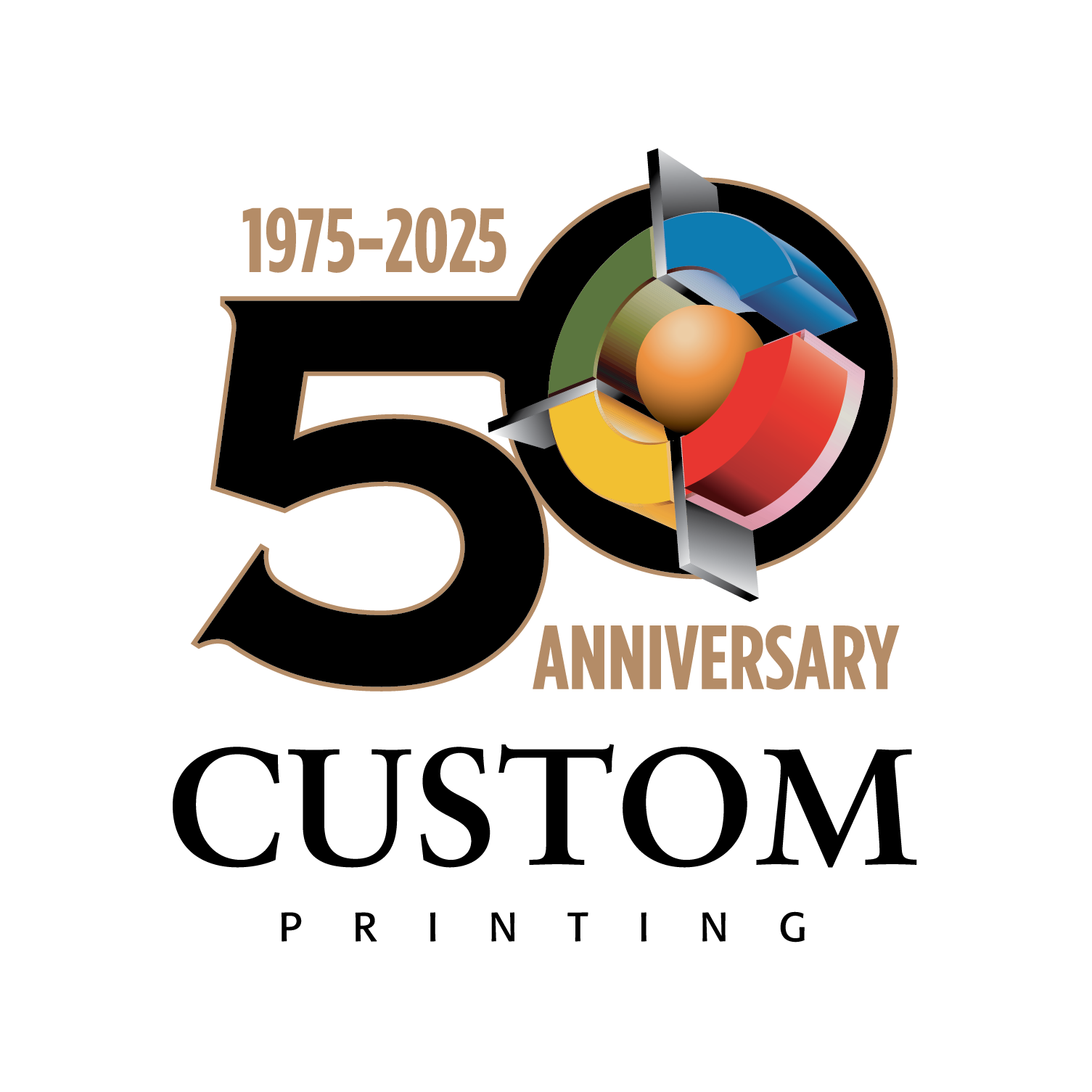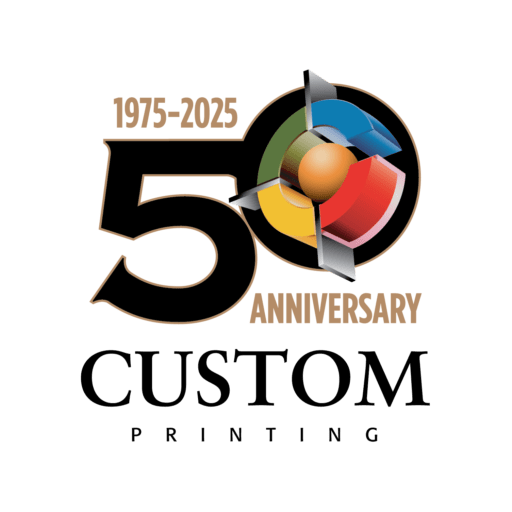As a self-publishing wordsmith, your success trickles down to the experience you accord your readers and how happy they are about your writing. Your book may be nice-looking, pretty written, and charming literature, but if you physically make it hard to absorb and scan for your readers, nobody will read it. Traditional booksellers always have this in mind, so do Custom Printing.
Composers spend a lot of energy and time writing their books, but the colossal burden lies in printing and the design work. Although e-books sell, physical book sales will edge higher than the latter. Like their digital counterparts, writers who print their artwork will boast a tremendous upper hand over their digital players. With tips on custom book printing, you can make your volume ready for executive printing and, in a short while, have copies in the store.
9 Custom Book Printing Tips
A local Print Specialist
A friendly chat will materialize a discussion on your needs, with paper samples and advice being the center of it all. Person-to-person interaction with local printers, who will give you a listening ear for your work and give recommendations where necessary, will come in handy. Benefits such as technical aid, proof copies, and advice on desirable paper stock will assist you in achieving your desired outcome for your book.
Preferred Sizes
Widely used sizes for printed books can prove beneficial because the exact dimensions of books are easier to move, place on bookshelves, and store. Some categories and book genres usually have desired sizes that are appropriate and recognizable to the intended audience. Oversized hardcovers are more costly to print, although the target readers may see them as precious fiction. Appealing cover designs increase hard covers exhibit potential. Pocket-sized books are cheaper to buy and print and neatly fit in most pockets.
Digital Technology Printing
the book industry has evolved from lithographic book printing traditionally used, as digital technology can allow custom book printers to offer lower-priced yet smaller sets of copies. Better value production is beneficial to determined self-publishers that take up the call. It is easier to locate an online publisher offering print-on-demand services for book writers.
Use a Designer
Trying to handle different tasks at once may interfere with the ultimate result of your printed book. Expert assistance, such as in custom book printing ca; professionals can leverage your attention on assignments you feel confident you can tackle better, such as editing and drafting your artwork. Fresh energy is necessary for bringing new ideas about cover designs, expertise, color charts, and typography to the table. Alternatively, one can take advantage of pre-generated templates on Adobe InDesign for discounted rates.
Start Inside the Design of the Pages
The volume of your pages will command the thickness of the spine. Once your book has been typeset, it is easier to know the page count and the width of the book’s spine, which will dictate the preferred design for the cover. Incidentally, formatting can take a lot of time, and the time used in cover page design will help choose margin widths, fonts, chapters, and sectioning, as well as the size of your artwork. With complete inside pages, one must engage someone with experience to proofread and point out areas that need changes.
Paper Samples
It is crucial to have a rough idea of the type of paper an author would like in their printed book. Paper can be coated and uncoated with a difference in weights, which is crucial to note. The feel of the pages will be affected by the weight of the paper. A natural sense is possible in the use of uncoated paper. Coated papers are generally heavier and primarily used in printing dust jackets and covers. Touching and physically seeing the piece is essential as the choices are numerous.
Cover Design Options
Consolidating different cover design options for your book is as good as selling the content in the book. A designer specializing in book cover design, or a graphic designer could be of help in the event design is not a substantial area for you. Cover designs should be attractive enough. Over the years, the cost of producing hard covers has impressively gone down, which is a good sign that the price per unit does not need to be so high. It is important to note that your printer should have the correct spine width as they have the know-how and experience.
Pre-press Copy
Always ask for proof of your artwork to ascertain that every aspect of your print work is perfect to avoid unnecessary disappointments if something has not come out according to your wishes. Color, spelling, or stray typos can make a million-dollar work go to waste.
Economies of scale
Since custom book printing can manage multiple copies with only a single print run, bulk orders per unit will be cheaper than when only a few volumes are in question. Inquiring about the printer’s quantity tiers will save you a lot of money.
Choosing the latest technology and the correct paper is crucial in achieving the desired results. Selecting the desired aspect of color, paper design, weight, and binding space, as well as organizing one’s information, will help in a desirable outcome. Understanding your page counts will avoid possible errors that can eventually mess with your most challenging task. For more information, contact us today.


